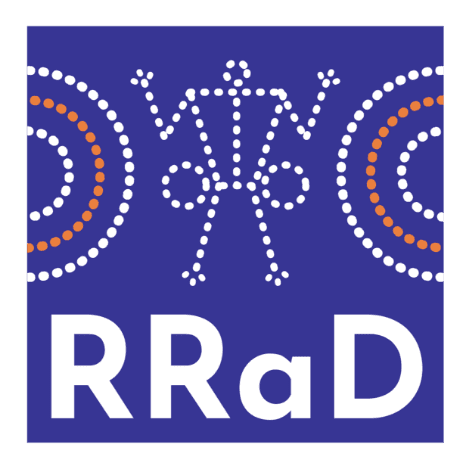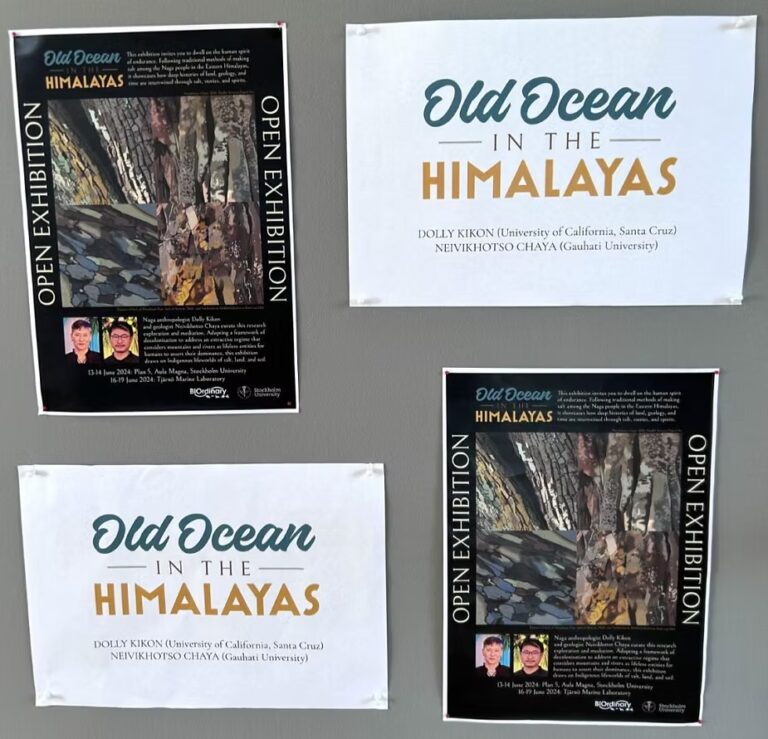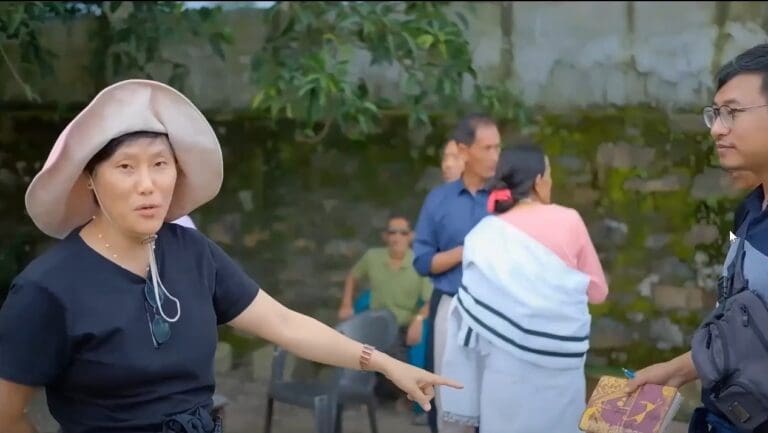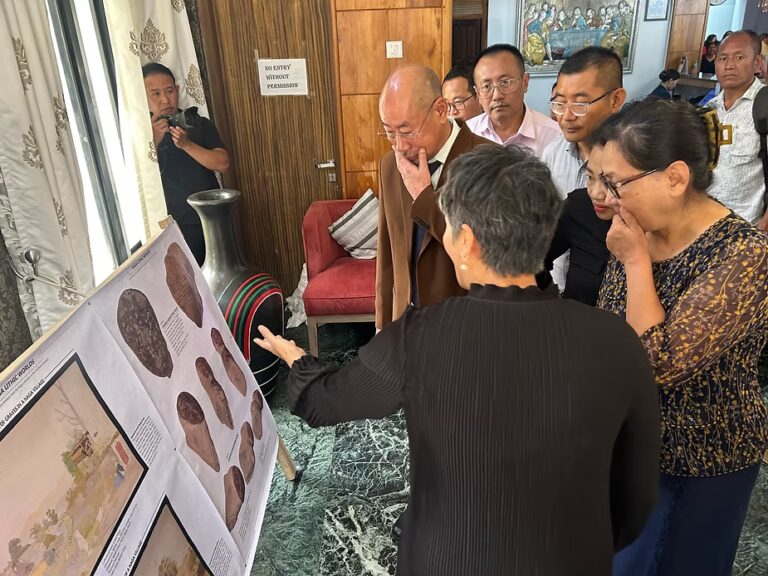“A Path Home”, a Graphic Novel on Naga Repatriation by Arkotong Longkumer and Meren Imchen, begins with a conversation between Ali and her grandmother, in an intimate and a vivid setting of a warm kitchen,within the landscape of Nagaland, a State with insightful history and a semblance of the ruins of the past.
“… There’s a story about Naga Human remains being returned from a Museum in England – Repatriation… Repatriation, I think they mean bringing home …” says Ali to her grandmother.
Here, bringing home can mean bringing back lost stories in the form of Human remains, of people engaged in bloodshed for the renewal of our land, as it is rightly stated in the Novel, “We are a people of stories”. To start a process with limited reserves but also given the importance to salvage the ruins of the past, this Graphic Novel paints a picture of seemingly related sections of lives attached to each other through conflicts and the efforts of the people to bring back normalcy, memories and also strengthen relationships, though at present it maybe often assumingly unrelated because of the generation gaps.
To remember the past, when lives were unsettled and death could penetrate in a matter of days, hours or minutes, it was aggravating to even judge the actions of others; hence it now becomes difficult to draw guidance from such memories. Like the mutterings of a shy person at a social gathering while also observing what other people do, this process may seem relatively impossible as one might worry about the ethics of the whole Repatriation process so that it does not indirectly abet violence while also possibly raise questions on – Recovery, for whom and why? Will it bring the people, ignored by history, to prominence? Maybe the present generation can offer to help fill the lacunae so as to be able to confront the past and find ways to dwell upon the laxities of the present and also help build history from the memories of the surviving stories. But one also needs to note that the often told, varied stories of our history marked by births, anniversaries, marriages and deaths and its many attributions to our surroundings since time immemorial now seem to remain not just as stories but rather tends to have developed the tone of beliefs, that it may now seem irrelevant, and losing its authenticity to some.
A line in the Novel states,
“A space for reflection has opened up for us. We need to find comfort in the deep abiding memories of our lands and our people. Our hills, trees, rivers, and fields remind us of the sacred land that we call home. Time has reached for us to renew our lands. Could the return of our ancestors lead to a spark that ignites our spirits”?
In the course of an evolving institution, one cannot ignore the denial of the right to roots but this does not abate the possibility for the creation of a space, to portray the unexpressed fear and difficulties of an Indigenous community and recreating memories whilst also asserting the thickness of conflicts which in turn led to further alienation. But on the other hand, this also leaves room for varying implications that the Repatriation process may bring about both within and beyond a closely knitted community such as ours. The process requires an acknowledgement of the issues at hand, one that is truly inclusive and responds to the needs of the people and this must be at all levels of institutional, structural and personal.
The Graphic Novel is clean and lean and it does run through a journey of discovery, linking the truth of the present-day with the dim extremities of the past that depicts a place where stories and real life can integrate, and is steeped in telling details and surreal memories. The different scenes and the characters portrayed here to understand the process are wholly absorbing and mindful with a diversely paced, unfolding of several possibilities followed by the inevitable complexities that this process can bring about. It does not limit one’s thoughts and understanding but rather enhances the fact that it is not only about the destination but it is about the journey. To dip one’s toes in a Graphic Novel, subtly addressing the process of Repatriation and decolonisation, also implying its predicaments, certainly the reader has to adept at putting together the personal with the larger realm of life, embodied with the conventional and tribal customs. The outcome of a process also depends on how people obtain it, what contributes to the same and on circumstances beyond our control besides any effort that we put forth.
First published in The Morung Express on 3rd April 2023
Link: https://morungexpress.com/a-path-home-a-review







